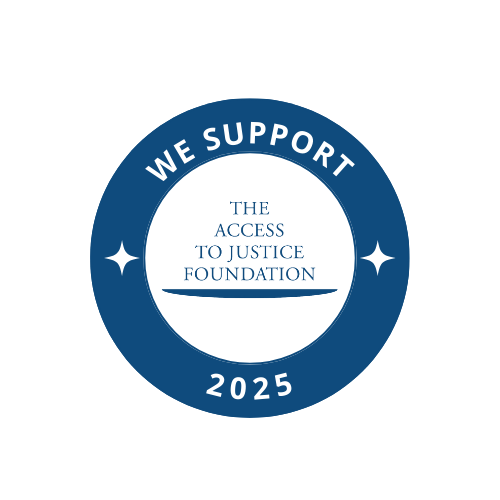In most situations, childbirth is a happy time, but for an increasing number of women, it can lead to serious physical harm. Recent data shows worrying rises in the most severe perineal tears as well postnatal readmissions.
There is a classification of grading of a perineal tear which ranges from a first degree to a fourth degree, with the fourth being the most severe.
- First-degree: A small, skin-deep tear to the perineum that may or may not need stitches.
- Second-degree: A deeper tear that includes the skin and muscles of the perineum and requires stitches.
- Third-degree: A tear that involves the skin, muscles, and the anal sphincter muscle.
- Fourth-degree: A tear that extends through the anal sphincter and into the rectal lining.
Reports from England indicate that third and fourth degree perineal tears have increased in recent years. Rates rose from roughly 25 per 1,000 births in June 2020 to 29 per 1,000 by June 2025. The statistics show that almost 3% of all women who gave birth in England last year suffered a serious tear.
Why are these injuries becoming more prevalent?
There are likely to be several interacting factors such as:
- Staffing and capacity pressures in maternity units which reduce time for monitoring, one-to-one support, and timely interventions which can increase avoidable harm.
- Variations in clinical practice and in the training and experience of staff mean inconsistent approaches to labour management and perineal protection.
- Changes in maternal health and demographics, such as increasing maternal ages and more underlying health conditions which may increase complication risk.
- System-level issues including fragmented continuity of care, delayed escalation when complications arise, and limited access to specialist support after traumatic births all contribute to poorer outcomes.
The impact of perineal tears
Serious perineal tears can cause immediate problems such as severe pain, bleeding, wound infection, and difficulty with bowel or bladder control. They can lead to chronic pain, sexual dysfunction, incontinence, and mental health conditions including post-traumatic stress and depression. The consequences affect everyday life, relationships, work and future reproductive decisions. Not being able to be with your new born baby, or attend to their needs due to injury can cause distress for mothers. Being separated may also impact the ability to breast feed your baby.
What would assist in reducing the harm?
- Having skilled, continuous intrapartum support and a trained team present at key moments of labour to guide delivery and intervene appropriately.
- Techniques to protect the perineum during vaginal birth, such as controlled delivery of the head, warm compresses, use of episiotomy where clinically indicated and caesarean sections when necessary.
- Antenatal preparation focused on pelvic floor health, perineal massage guidance for those who choose it, and clear discussion of risks and birth options.
- Postnatal follow-up pathways for anyone with perineal trauma, including prompt wound care, physiotherapy for pelvic floor rehabilitation, and specialist clinical review for sphincter injury.
As a clinical negligence solicitor representing women who have suffered injury, both physically and mentally during childbirth, my advice is if you think something isn’t right, keep pushing your midwife or GP to do more. You know your body best.
If you have experienced perineal trauma due to child birth and would like to have a confidential chat about what has happened, please get in touch with us.
"*" indicates required fields

 Back
Back
















